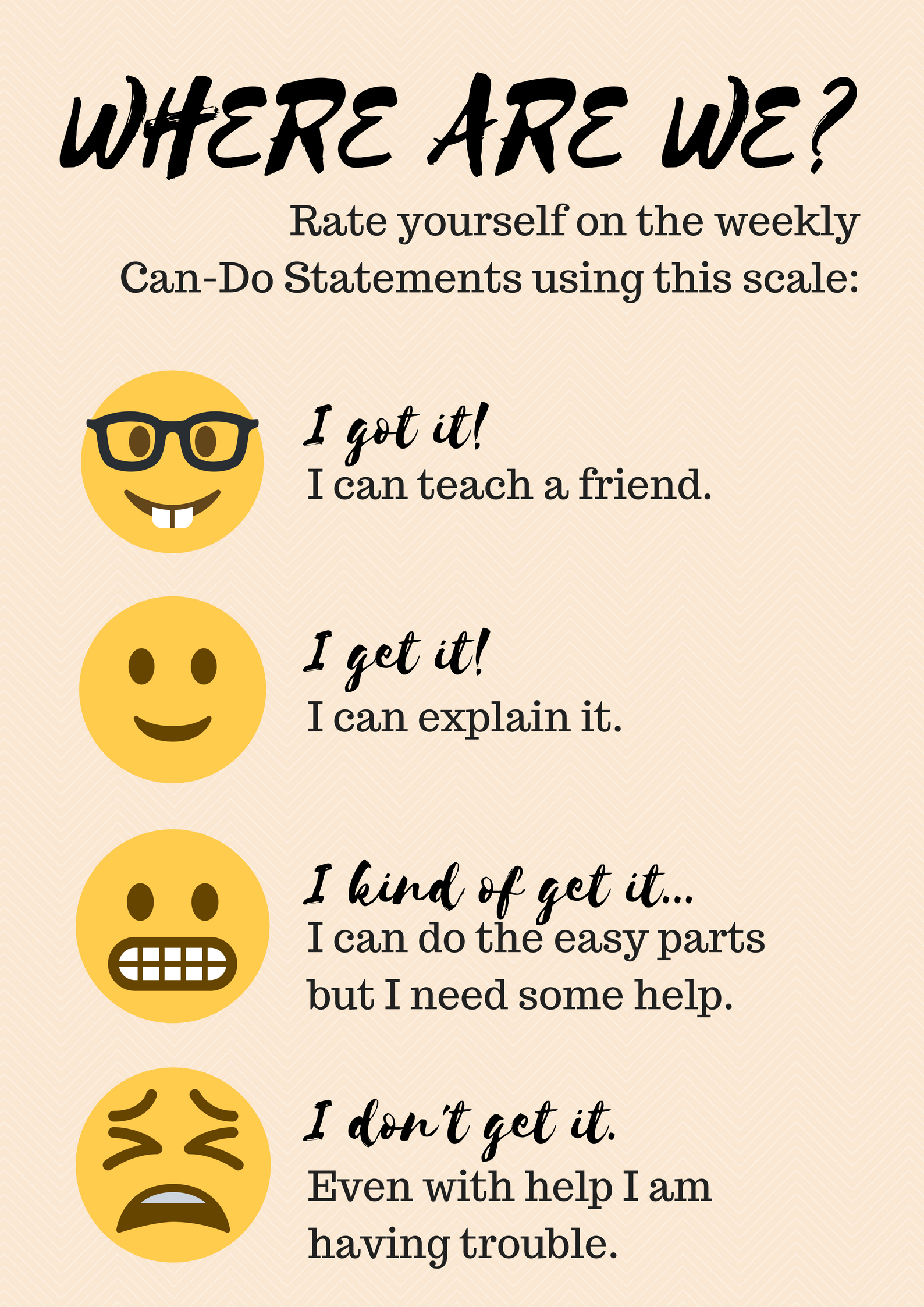It is a Pleasure to Meet You, Novice Low, English Foundation
It is a Pleasure to Meet You Activity
Theme: Greetings and Introductions
Description: Students will have a "Meet and Greet Party." They will pretend to be a celebrity and introduce and greet another person. This will help them practice introducing themselves, greeting someone, and answering how they feel. They will also learn greetings for different times of the day.
Relevant Can-Do statements:
- I can say hello and goodbye to someone my age or younger, my professor, an adult, or someone I don't know
- I can introduce myself and others
- I can respond to an introduction
- I can greet and take leave from someone using polite rehearsed behaviors. (Intercultural)
Materials Needed:
Person Cards: 12 famous/everyday people from the Spanish speaking world (Print & Laminate)
Emoji Cards: 6 emotions, very basic with the vocabulary word on the card (Print & Laminate)
Time of the Day Cards: 4 times of the day (Print & Laminate)
Time Website (Print & Laminate)
Download: Time Website
Can-Do Statement Card (Print& Laminate)

Where are we? Rate yourself on the weekly Can-Do Statements using this scale: I get it!, I got it!, I kind of get it..., I don't get it...
Warm-up
Lead-in or Warm-up (2-3 minutes):
1. First ask the students (in your language)
“Good (morning/afternoon) How are you? I am _____. Today we are going to practice introductions."
2. Brainstorm with the students by asking them how to say hi, bye, etc and write them on the board. They can use these as a cheat sheet during the activity:
Greeting: Good morning, Good afternoon, Good night
Goodbye: See you later, See you soon, See you tomorrow
How is it going: What's happening?, How are you?, What is new?, What's up?
Nice to Meet You: It was nice to meet you, Same here
Main Activity
- Choose a location photo from the deck and hang up on the board. We will pretend this is the place we are at.
- Pick a time of day (this will determine if we use “Good morning/afternoon/night”).
- Have each student pick a famous person. This is the person the students will introduce themselves as and pretend to be.
- Mix up emoji cards faced down and have everyone grab one. That is their emotion for the scenario they will play out.
- Do steps 1-4 yourself to show the students what they will be doing. Put on some music in your language (using YouTube!)
- Have students converse (greetings, introductions, basic questions) as if they were in the scenario, walking around the room like a party! The students should make sure to be aware of whether the person they are talking to requires an informal or formal respond. They should also respond using the emotion they drew.
- Once everyone has “had a conversation”, trade the cards. Repeat the activity as time allows.
Wrap-up
Wrap-up questions:
- "What is your favorite way to say hello?"
- "What is your favorite way to say bye?"
End of lab: Can-Do statement check-in... “Where are we?”
- Read the can-do statements and have students evaluate their level of understanding after the activity
- Encourage students to be honest in their self evaluation
- Pay attention, and try to use feedback for future labs!
Optional Activities:
- Talk about how saying “you” is different across the Spanish speaking world
- Mexico: Tú for casual, Ud. for elders and strangers, Uds. for any “you all”
- Spain: Vosotros for casual “you all”, uds. for formal “you all”, tú for any “you”
- Central America, Argentina, Uruguay: Vos for casual, ud for strangers and formal